Advertisement
Developed by Koei Tecmo, a renowned studio celebrated for its expertise in action games and the globally beloved Musou series, Musou Abyss represents an ambitious fusion of classic "Musou" combat with modern Roguelite mechanics. After years of refinement, the game delivers a distinctive hybrid experience that blends hack-and-slash chaos with procedural challenges.
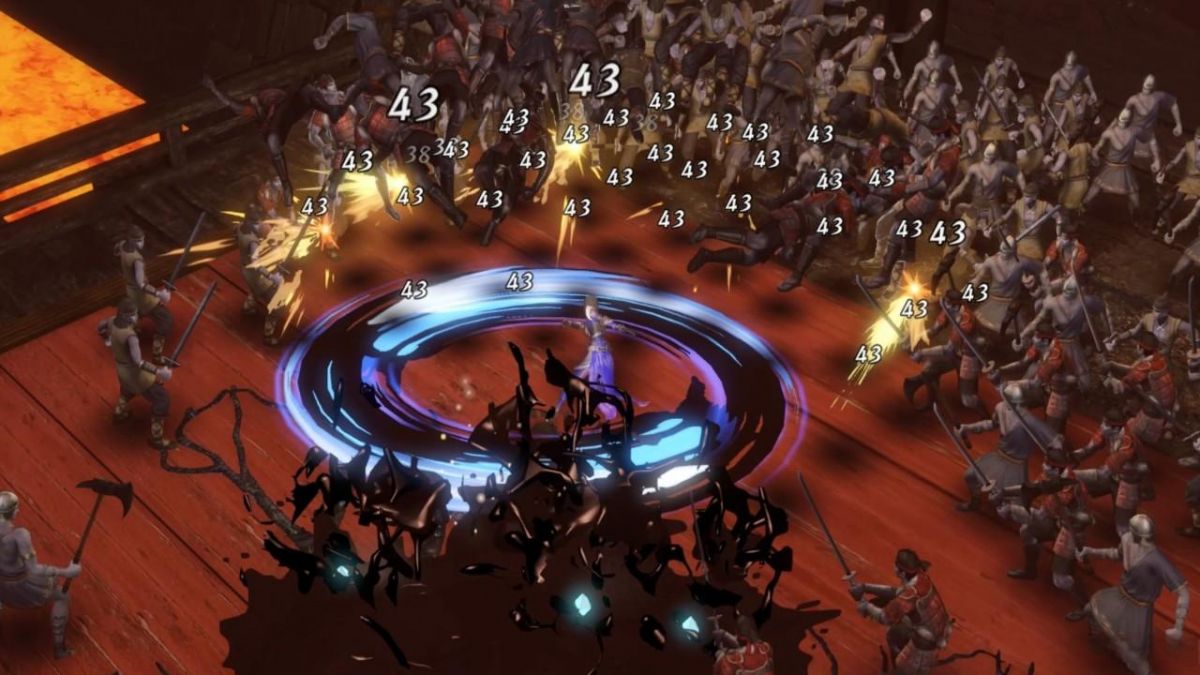
Prior to Musou Abyss, Koei Tecmo’s Musou franchise had already cemented its reputation with titles like Dynasty Warriors and Samurai Warriors. The Dynasty Warriors series, for instance, captivated players with its grand retelling of the Three Kingdoms era, explosive battles, and diverse character rosters. Dynasty Warriors 7 alone sold millions of copies worldwide, earning high praise from critics and fans alike. Similarly, Samurai Warriors carved its niche by immersing players in Japan’s Warring States period, combining historical drama with fluid combat. These successes laid a robust foundation for Musou Abyss, both in terms of fan expectations and developmental expertise.
Musou Abyss adopts a generic premise: a hero summoned to a fantastical realm to aid a deposed deity by battling hordes of enemies. The story fails to innovate, relying on tired tropes and shallow character interactions. Boss fights conclude with monologues from Yama, the exiled King of Hell, whose repetitive soliloquies sap any sense of immersion. Dialogue choices lack impact, while shops and random events feel devoid of life, squandering opportunities for narrative depth. Even the open-ended conclusion—repeating endlessly across playthroughs—leaves players more confused than intrigued.
The game follows a familiar Roguelite loop: clear rooms across four procedurally generated layers, each capped by a boss. While bosses like spectral wraiths and skeletal griffins inject visual variety, their mechanics fall flat. Attacks are telegraphed, shields regenerate predictably, and battles boil down to repetitive "break shield, then DPS" patterns. Even the final boss feels underwhelming, offering little narrative payoff or mechanical innovation.
Musou Abyss shines brightest in its staggering roster of 100 playable generals, drawn from Dynasty Warriors, Samurai Warriors, and Warriors Orochi. Iconic figures like Zhao Yun, Cao Cao, and Nobunaga Oda are fully playable or recruitable as allies, each bringing unique traits. For example, Lü Bu’s slain enemies explode, chaining AoE damage—a boon in crowded fights.
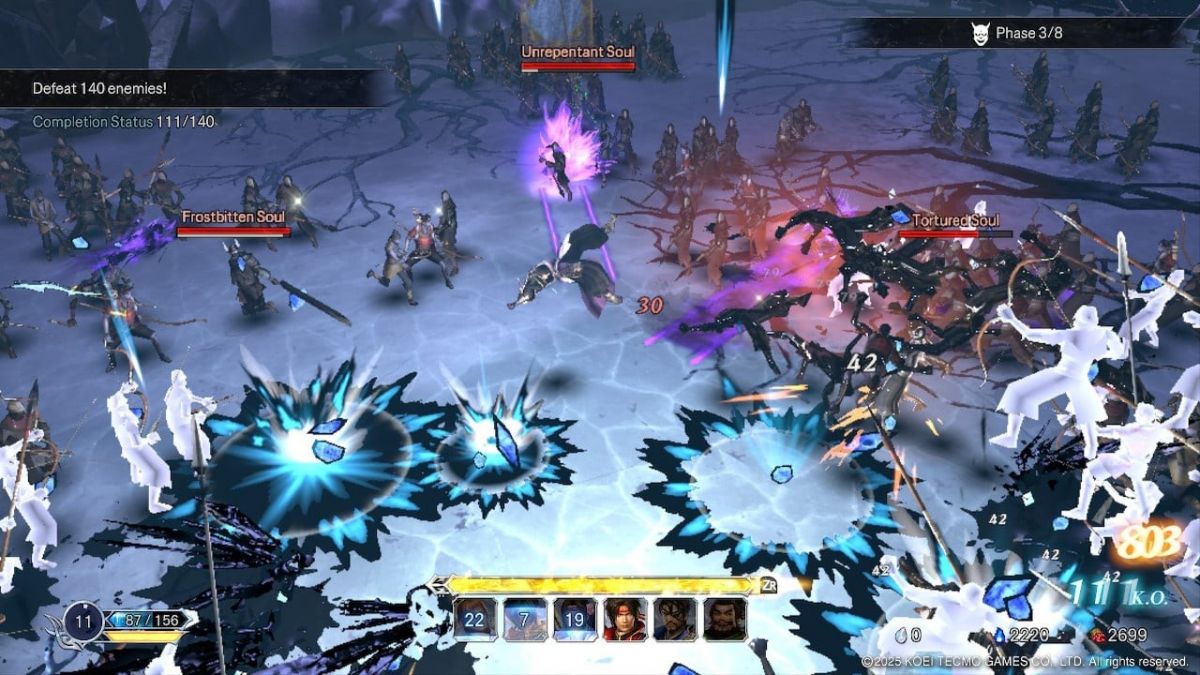
The progression system, though simple, encourages experimentation. Clearing rooms lets players forge "pacts" with generals, slotting them into six customizable positions akin to Hades’ Boons. Additionally, 30 unlockable formations add strategic layers, such as buffing odd-numbered allies or scaling stats based on collected "Sigils."
Combat evolves the series’ signature style into flashier, magic-infused spectacle. Each character boasts light/heavy attacks, summon skills, and a shared "Unison Summon" gauge. Filling the gauge unleashes devastating screen-clearing abilities, while timing a Musou attack during this window triggers a cataclysmic finisher.
However, despite the roster’s size, many generals feel mechanically similar. Most rely on elemental AoEs (tornadoes, blades, etc.), with only a handful offering unique buffs/debuffs. Still, creative synergies emerge—such as stacking six allies to unlock overpowered Unison Summons—keeping combat engaging.
Difficulty fluctuates wildly between "brutally hard" and "trivially easy," hinging on meta-progression. Early runs feel punishing, with low player damage and fragile defenses. Yet the unlock tree reveals shortcuts: focusing on favorite characters (e.g., Lü Bu) or key stat-boosting nodes quickly tips the scales. Grinding levels (up to 50 per general) grants permanent stat gains, allowing even weaker units to tackle higher difficulties—though "Level 5" rewards mere cosmetic skins for NPCs, offering little incentive for the grind.
Musou Abyss stumbles with its forgettable story, repetitive bosses, and uneven difficulty. Yet its strengths—chaotic combat, vast roster, and rewarding buildcraft—deliver enough Roguelite replayability to satisfy fans craving that "one versus a thousand" power fantasy. While not a genre-defining masterpiece, it marks a bold step for the Musou franchise into new territory, proving that even legacy IPs can adapt—and entertain—in unexpected ways.
Advertisement
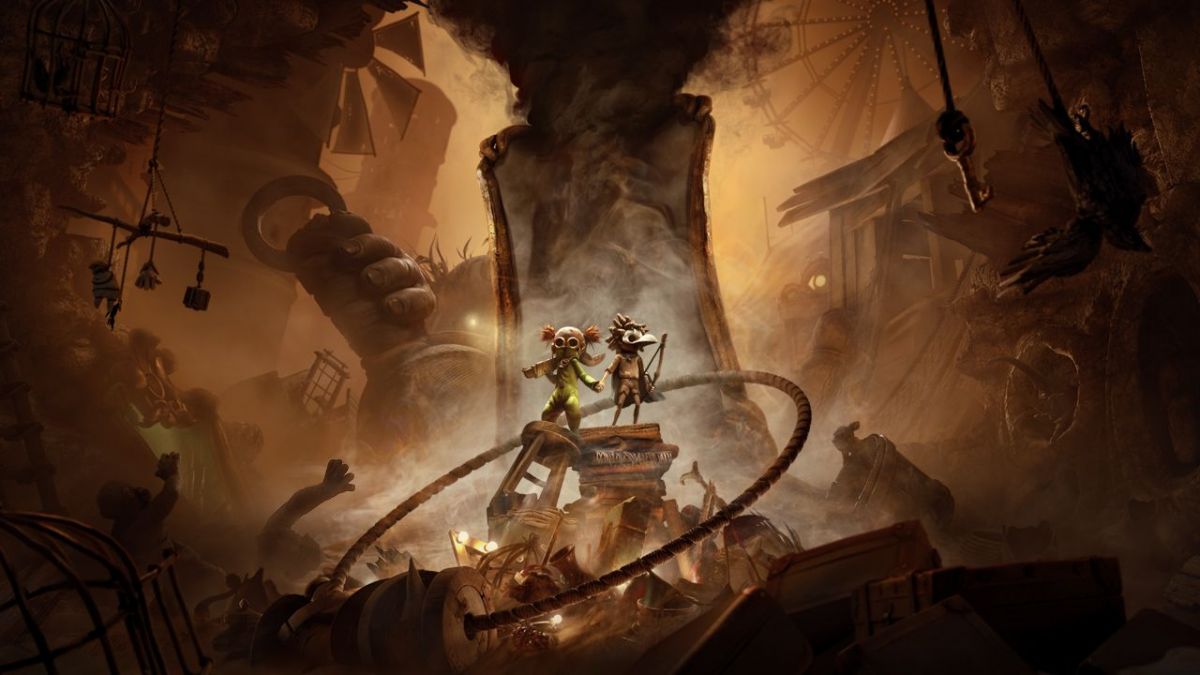
Dual Nightmares, Double the Terror!
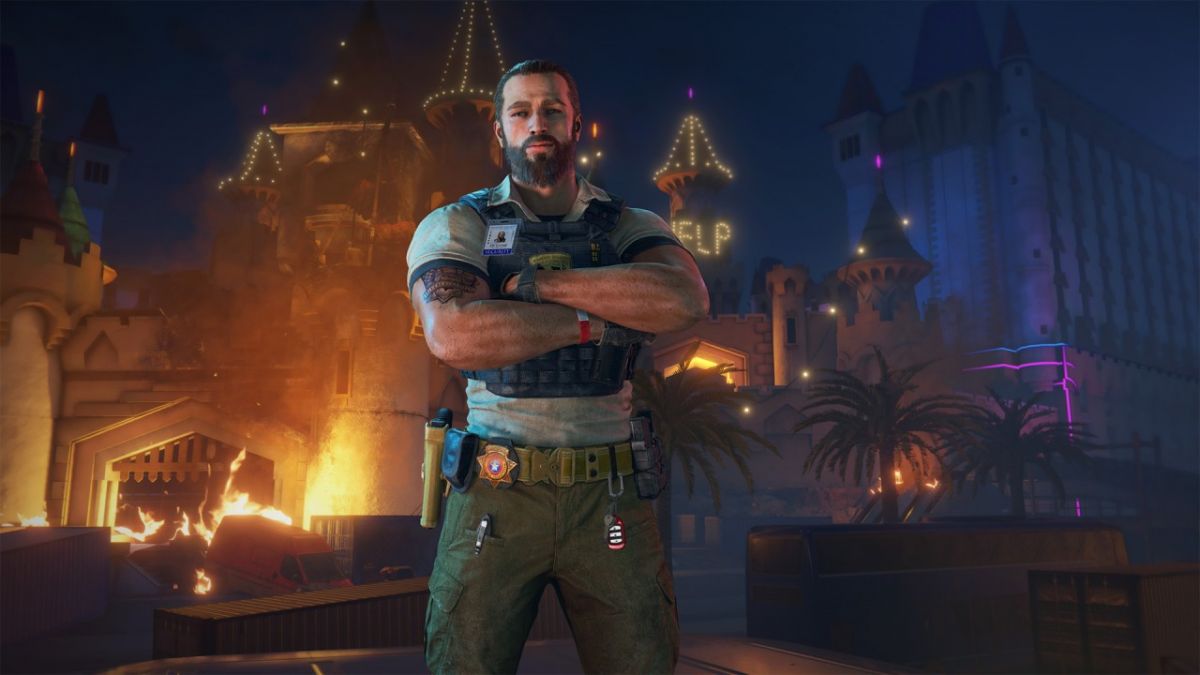
Blood in Vegas: The One Who Ends an Era
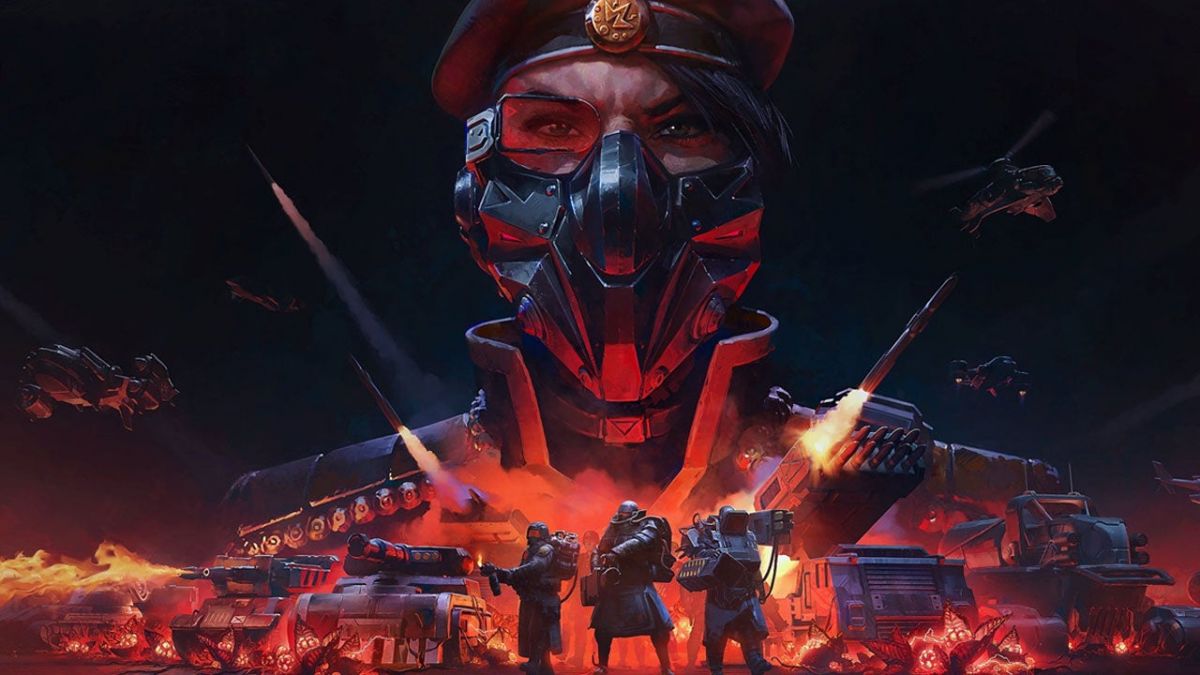
"Tempest Rising" Preview: A Fusion of Classic RTS Spirit and Modern Industrial Aesthetics
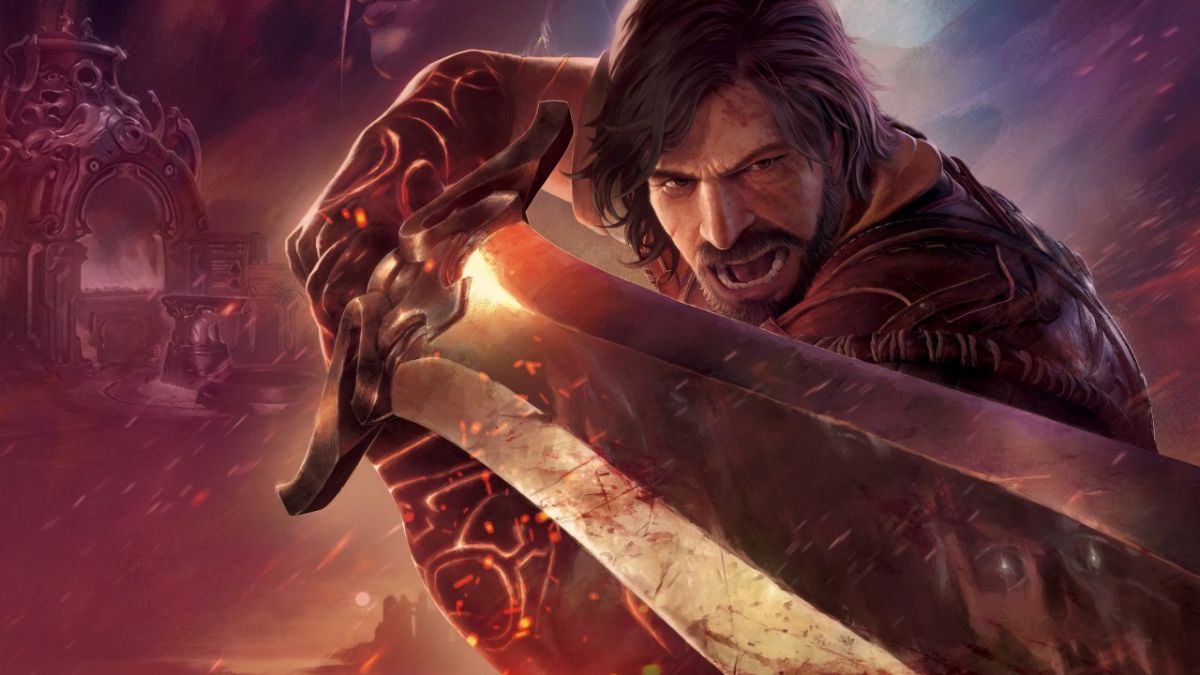
Blades of Fire: Forge Your Own Weapons and Embark on an Adventure
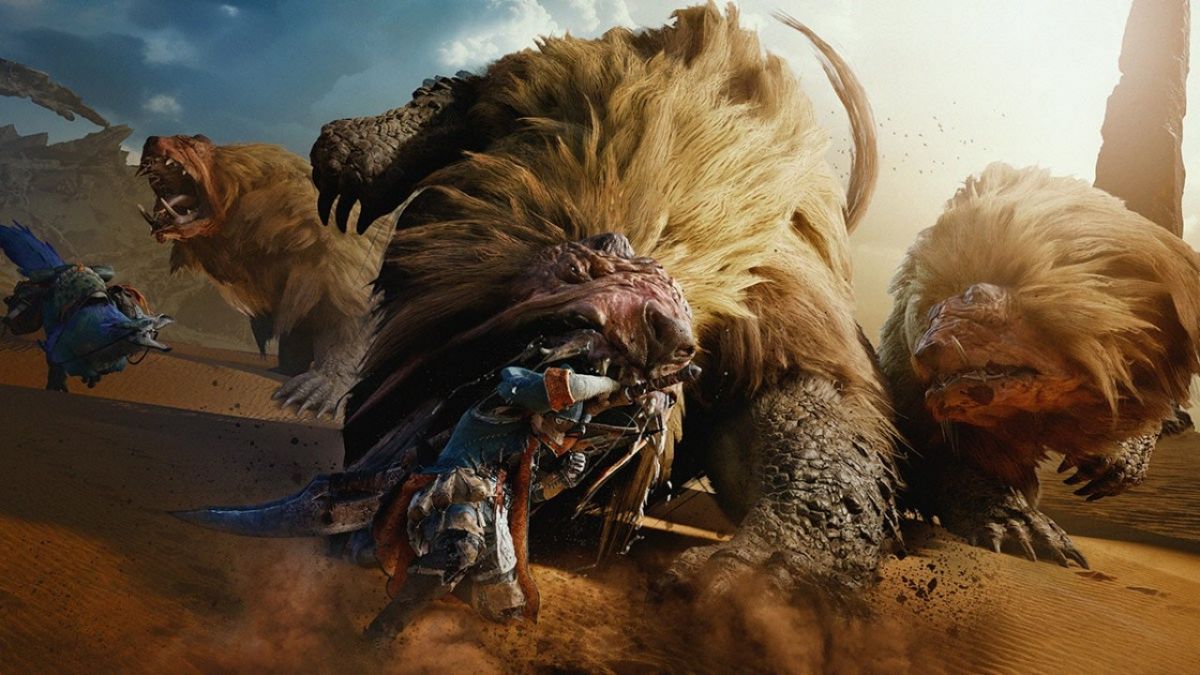
Monster Hunter Wilds: Preview and First Impressions
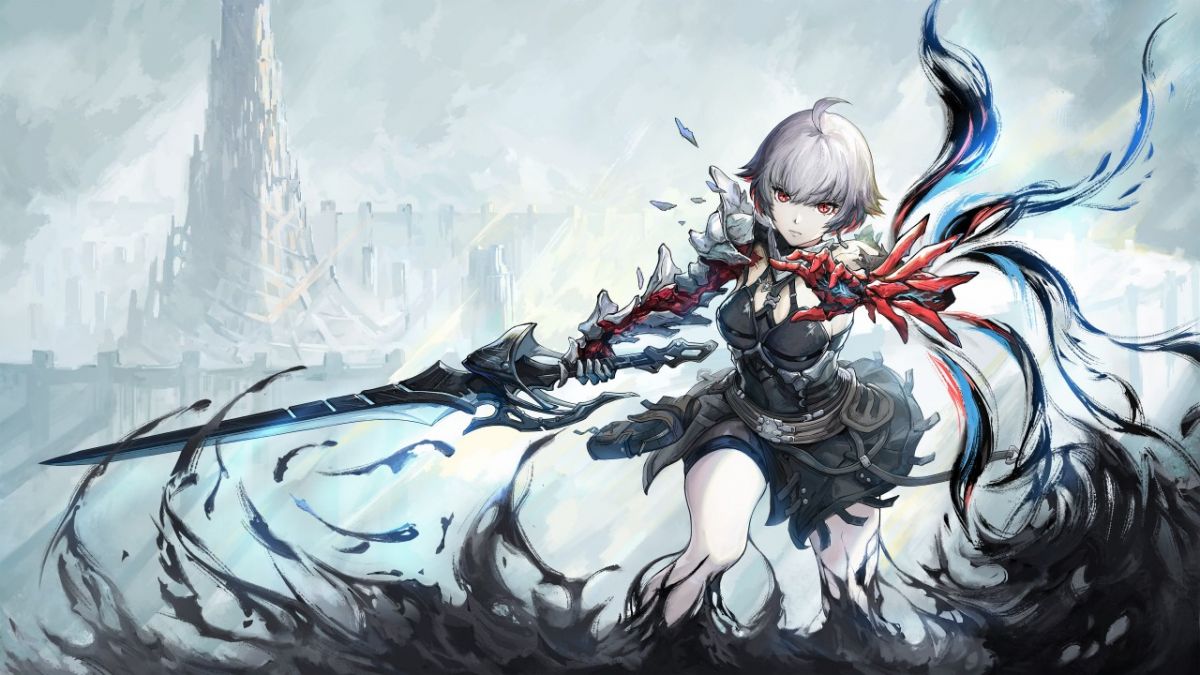
Welcome to the apocalyptic world